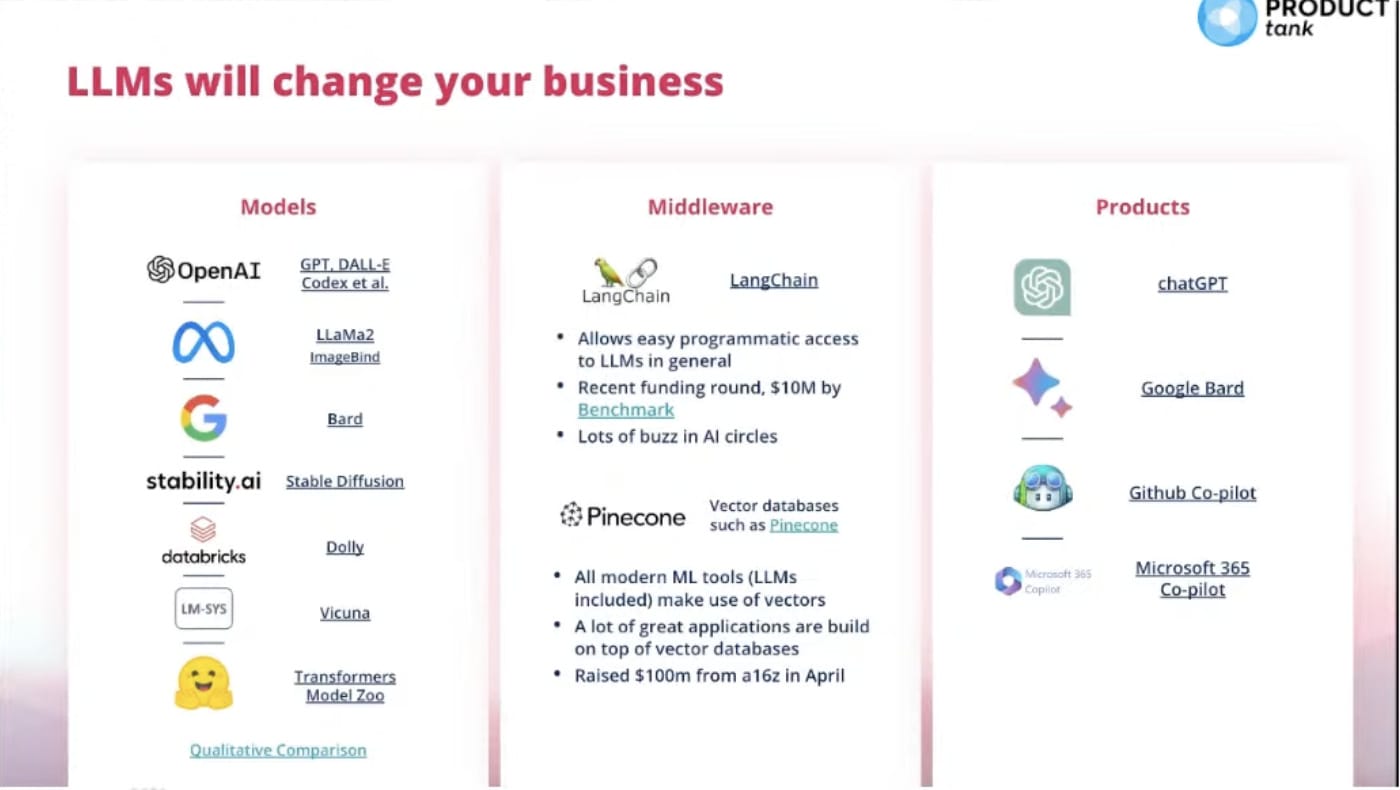Data Driven Product Management
JAN 18, 2016
Surprising Stories of User Growth – Lessons Learned at Mail.Ru
Read next

Collaboration
How to lead data-centric product teams: Jon Mora (Chief AI Officer, Zefr)

Louron Pratt
- 4 min read

Data Driven Product Management
SUNDAY REWIND: Data-driven blunders and how to avoid them

Eira Hayward
- 1 min read




Comments
Join the community
Sign up for free to share your thoughts